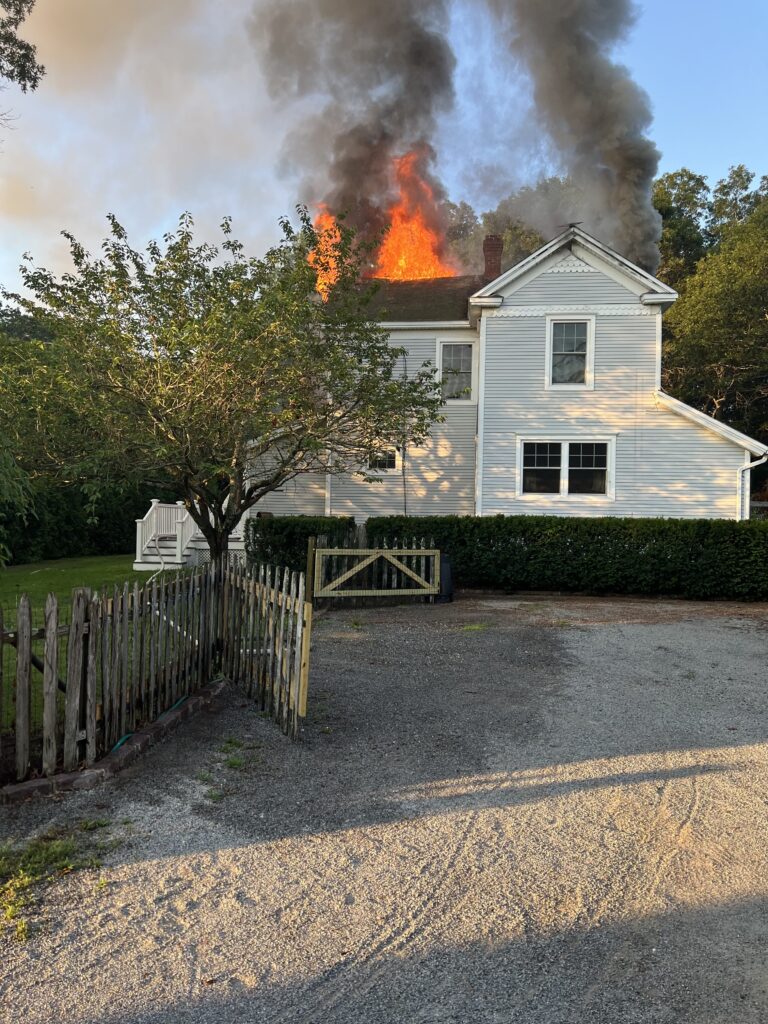Editorial: One storm took $1.7 billion in sand from Fire Island

We have used this space several times in recent months to address climate change and how this rapidly unfolding process has already affected the North Fork. In the coming months, we will continue to write about this issue on this page, as the shorelines of eastern Long Island — and, in particular, the narrow finger of the North Fork — will be threatened by damaging change.
Rising sea levels are a fact and will only grow worse over time. The Earth just recorded its highest temperatures in centuries. Many low-lying streets that previously flooded during unusually high tides — nor’easters coupled with full moons, for example — now flood with just routine high tides.
Many readers, like John Gibbons of Cutchogue, write us frequently about climate change and how to deal with it. They are sounding the alarm. We appreciate those letters. If a rising tide raises all boats, rising sea levels will impact all shoreline communities. There is no escaping it.
Climate change is a regional, national and international concern. American politics being what it is these days, however, it feels doubtful that politicians nationally would be able to sit together and come up with meaningful steps shoreline communities from Maine to Florida can take to protect themselves.
Some politicians rant about “wokeness” as if it’s an existential issue. It isn’t. We need leaders who set priorities for the country. They should act like emergency room doctors doing triage when accident victims come in. Who gets treated first? Who is critical?
We were struck by a recent New York Times story that the federal government — aka its taxpayers — spent $1.7 billion to combat erosion on Long Island’s South Shore after 2012’s Superstorm Sandy. The Fire Island barrier beach, which runs along nearly the entire South Shore, was battered by that storm.
So what became of that enormous expenditure? As the Times wrote, “… a single winter storm last December triggered rapid erosion on Fire Island and appeared to undo large parts of that decades-long restoration project in a matter of months.”
In other words: $1.7 billion worth of sand dredged up from the ocean floor washed away. Just like that.
The barrier island protects nearly the entire southern coast of Long Island “from climate change and the extreme weather of the Atlantic hurricane season,” the Times said.
The North Fork is a wide-open, highly vulnerable land mass with water on both sides. Nor’easters have scoured shorelines in places like East Marion and at Town Beach, at the top of Hashamomuck Pond in Southold, requiring tons of sand to be brought in to replace what washed away. That sand, and County Road 48, are all that keeps Long Island Sound out of the pond, which empties into Peconic Bay.
Rising sea levels threaten tens of millions of dollars in real estate on the North Fork alone. As seawater carves away the edges of the North Fork, it also threatens the underground freshwater supply. Neither Riverhead nor Southold can allow new construction that does not take into consideration climate change and critical resources such as fresh water.
Beyond that, do the taxpayers want to continue throwing large amounts of money at shoreline replenishments? Should setbacks along critical wetlands and our creeks be increased so that new structures are better able to handle rising sea levels?
The umbrella issue over all of this for the North Fork comes down to this: Preserve open space. As much as possible. Save what we have. Maybe then climate change will not do so much harm to us.









